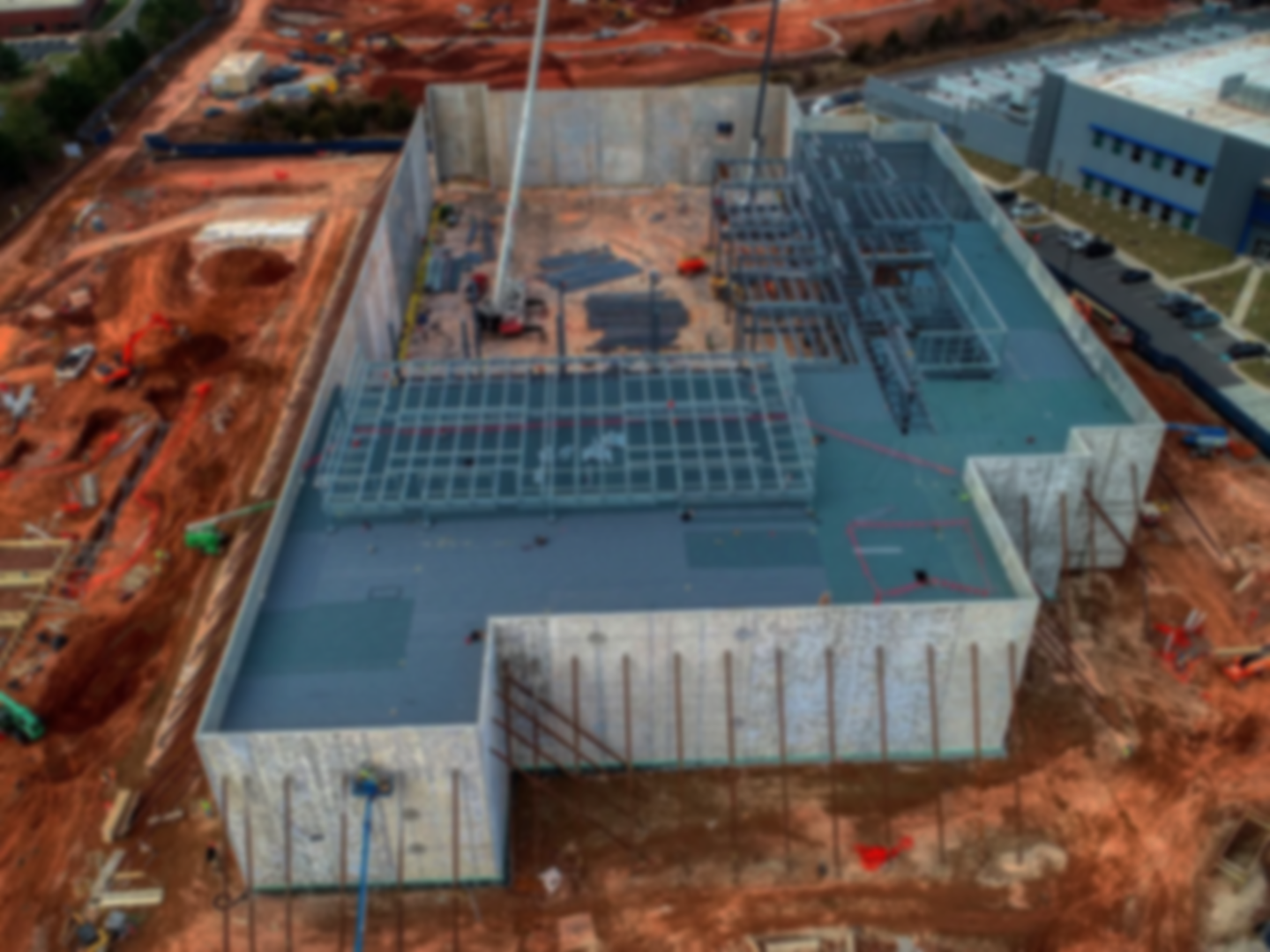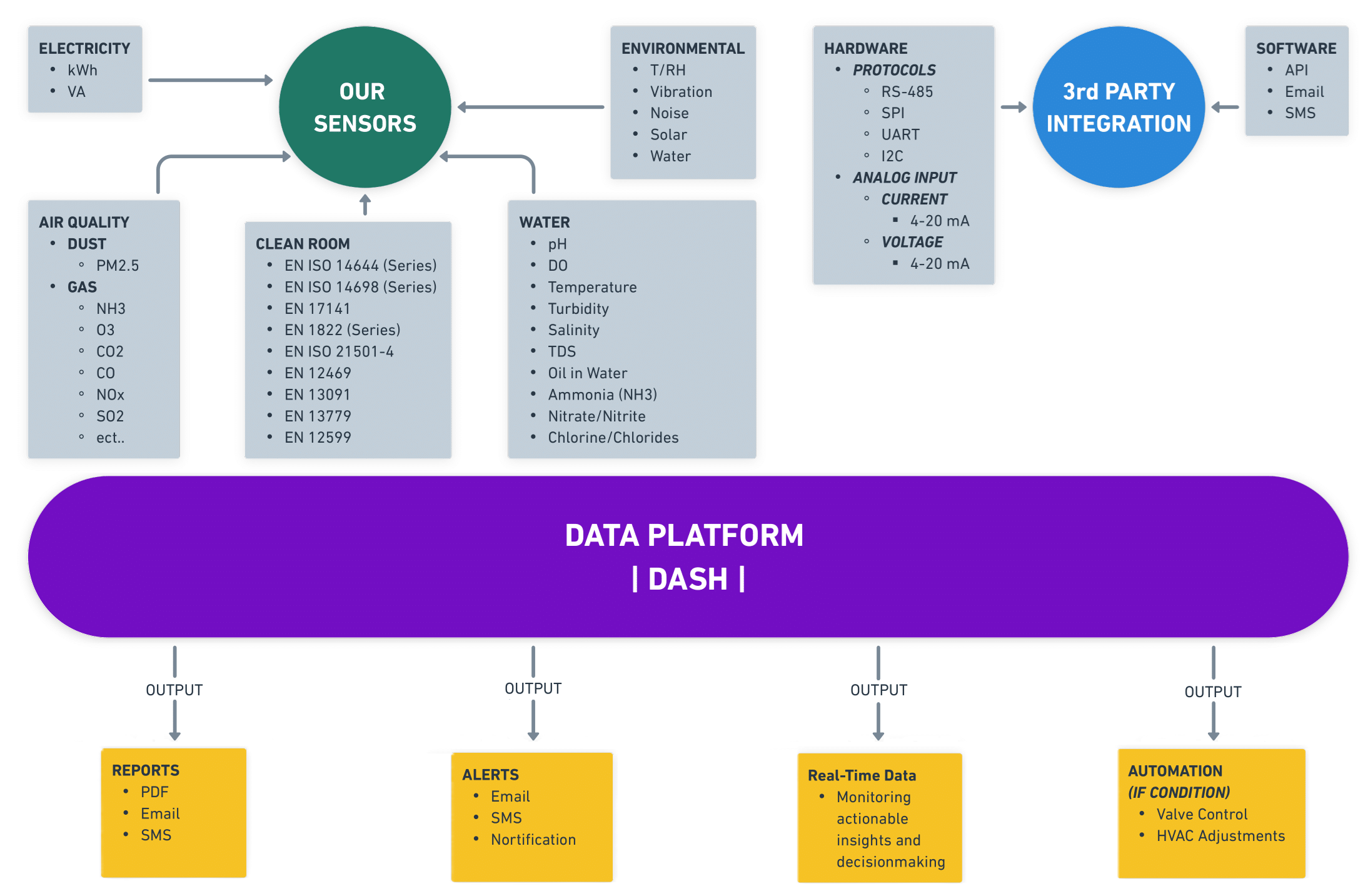

Compliance Made Simple
Create security, documentation and rapid response for construction sites
Monitor, assess, and demonstrate compliance in Real-Time
-
Temperature and Humidity
- Ensure and document T/RH environmental compliance
- Protect sensitive and costly equipment and installations
- Wireless
- Easy deployment and decommisioning
-
Air Quality
Track dust levels
- PM2.5, PM10.
Monitor harmful gases
- CO2, NO2, O3, SO2, CO, CH4, VOCs.
Address emissions from
- Equipment
- Excavation
- Material handling.
-
Water Quality
Track
- Temperature
- pH, DO, EC, TDS, TSS
- Oil in Water
- Turbidity
- Trace constituents
Monitor flow
- Open
- Closed
Meet waste water discharge regulation
-
Noise
- Monitor real-time noise output from equipment.
- Ensure compliance with local noise ordinances.
- Minimize disruption to surrounding communities.
- Receive alerts via SMS / e-mail on noise events
Less complaints
-
Vibration
- Measure vibration caused by heavy machinery.
- Protect sensitive nearby structures and data center foundations.
- Ensure compliance with construction standards.
-
Cleanrooms and dust controlled enviroments
Monitor
- Particle number
- Mass concentration
Demonstrate compliance
- EN 14644-1 or EN 21501-4
-
Weather Conditions
Monitor
- Temperature
- Wind
- Humidity
For efficient project planning and worker safety.

Tailored Solutions for Construction Site Needs
• Maintaining cleanroom standards
• Paramount for industries seeking precision, reliability, and safety
• Practical solution for safeguarding product integrity, protecting sensitive equipment
• Creating a conducive environment for precision operations.
Light Scattering Airborne Particle Counters
-
Laser particle counters operate by directing a laser beam onto particles in a sample and detecting the scattering or blocking of light caused by those particles. The scattered light is then converted into an electrical signal (pulse) using a photoelectric transformer, enabling real-time measurement of particle quantity and light scattering intensity. Simultaneously, the pulse height of individual particles is compared to a calibration curve to determine particle size, based on the pulse heights of reference materials. These instruments typically feature multiple channels to capture particles of different sizes, with each channel providing a cumulative count of particles within a specific size range.
-

A simplified scheme of OPC and data processing steps

Ready to start monitoring dangerous particles at your work site?
Book a meeting today, and see how your work site can make it much easier to be reliably in compliance with air and water quality!

